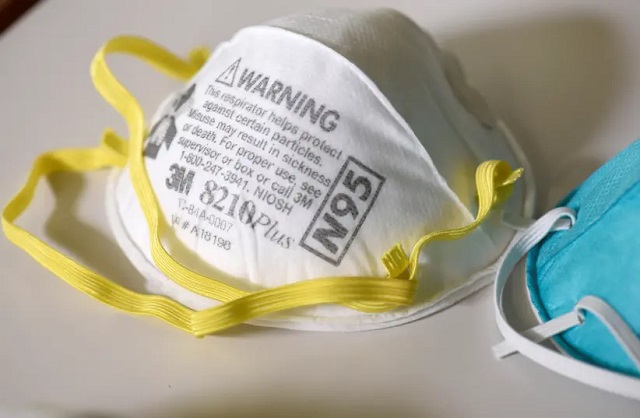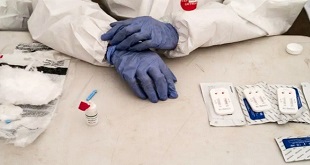
Kampala, Uganda | THE INDEPENDENT | Scientists have established that face masks and social distancing significantly reduce the risk of COVID-19 infections. This was established in their latest analysis of how SARS COV 2, the virus that causes coronavirus disease COVID-19 spreads.
The review published in The Lancet medical journal and funded by the World Health Organisation involved analyzing data and assessing three prevention measures of distancing, wearing a face mask and eye protection from 172 studies conducted in 16 countries across six continents.
In their findings which are touted as by far the most comprehensive study of the effectiveness of these initiatives that have been adopted by many countries as forms of halting transmission, the researchers at different universities globally found that at a distance of less than 1 meter, there was a 12.8 per cent chance of transmission of Coronavirus. At a distance of more than a meter, there was a fall of 2.6 per cent.
When it comes to a face mask which many countries including Uganda are adopting with the ease of lockdowns, the chance of transmission without a respirator such as an N95 mask was put at 17.4 per cent whereas the chance of infection while using a worn-out mask or the non-medical or reusable ones such as a cloth mask was 3 per cent.
Eye protection lowers the risk to 5.5 per cent whereby without this protection such as glasses, and face shields, the chance of transmission was put at 16 per cent.
Of the 172 studies analyzed, 66 focused on how far the virus can travel by comparing the association of different distances on the virus transmission to people. 30 studies focused on the association between use of various types of face masks and respirators by healthcare workers, patients or both with virus transmission whereas 13 addressed the association of eye protection with virus transmission.
Other 44 studies were comparative looking at the differences between transmission through distances, eye protection and face masks, all picked from countries including China and the United States which have recorded some of the highest number of infections globally.
However, although the three measures reduce the risk of infection, the report warns that these do not offer complete protection and suggest that more studies should be conducted to establish the most effective measures. The researchers also recommend that health workers wear respirators rather than the surgical or cloth mask to guarantee protection.
********
URN
 The Independent Uganda: You get the Truth we Pay the Price
The Independent Uganda: You get the Truth we Pay the Price

